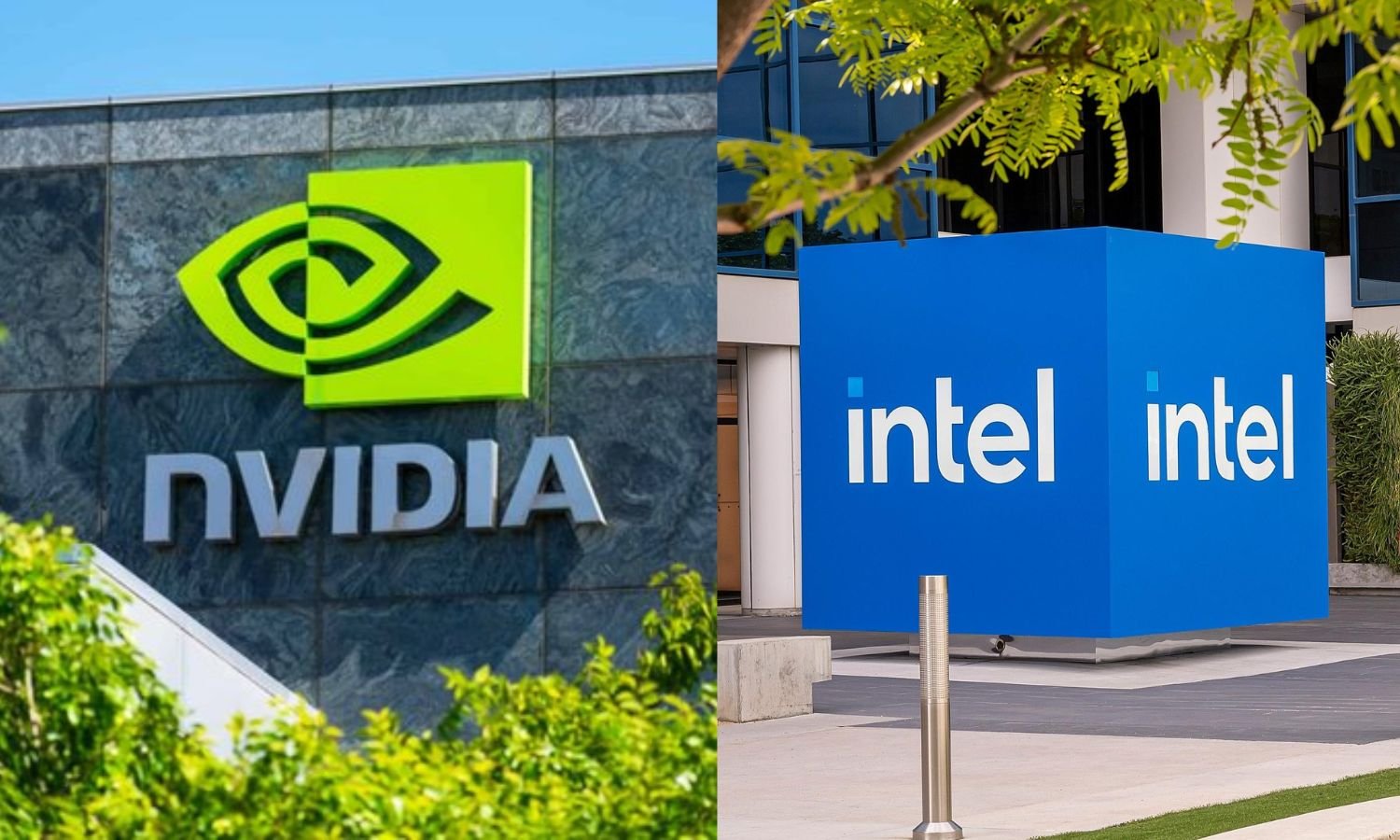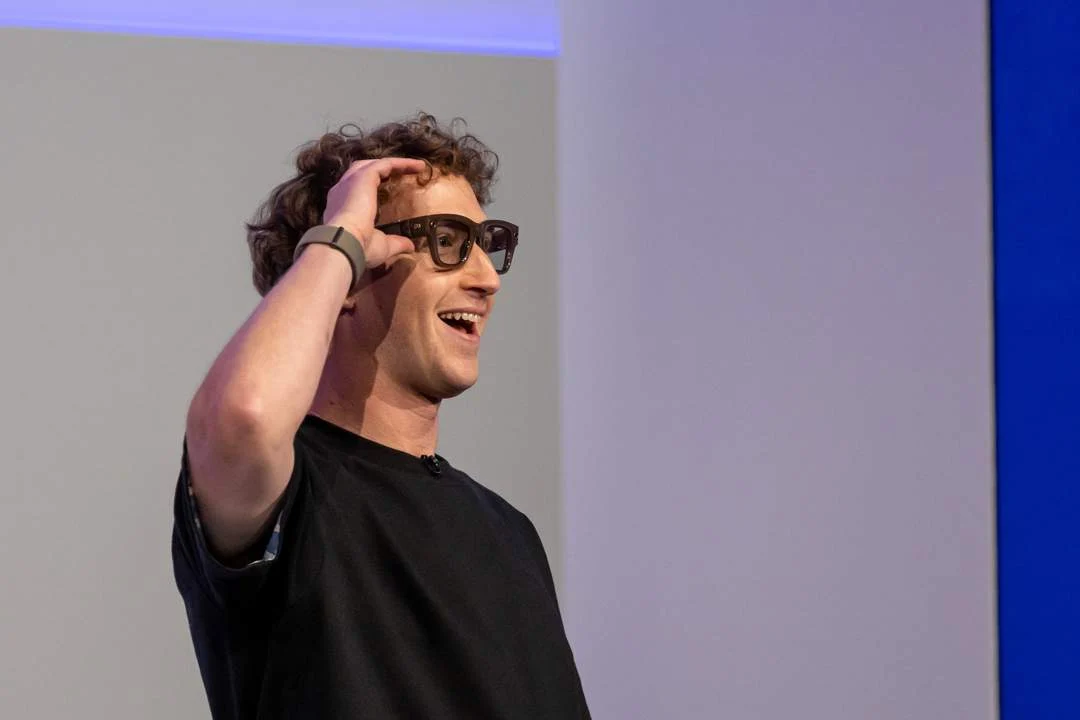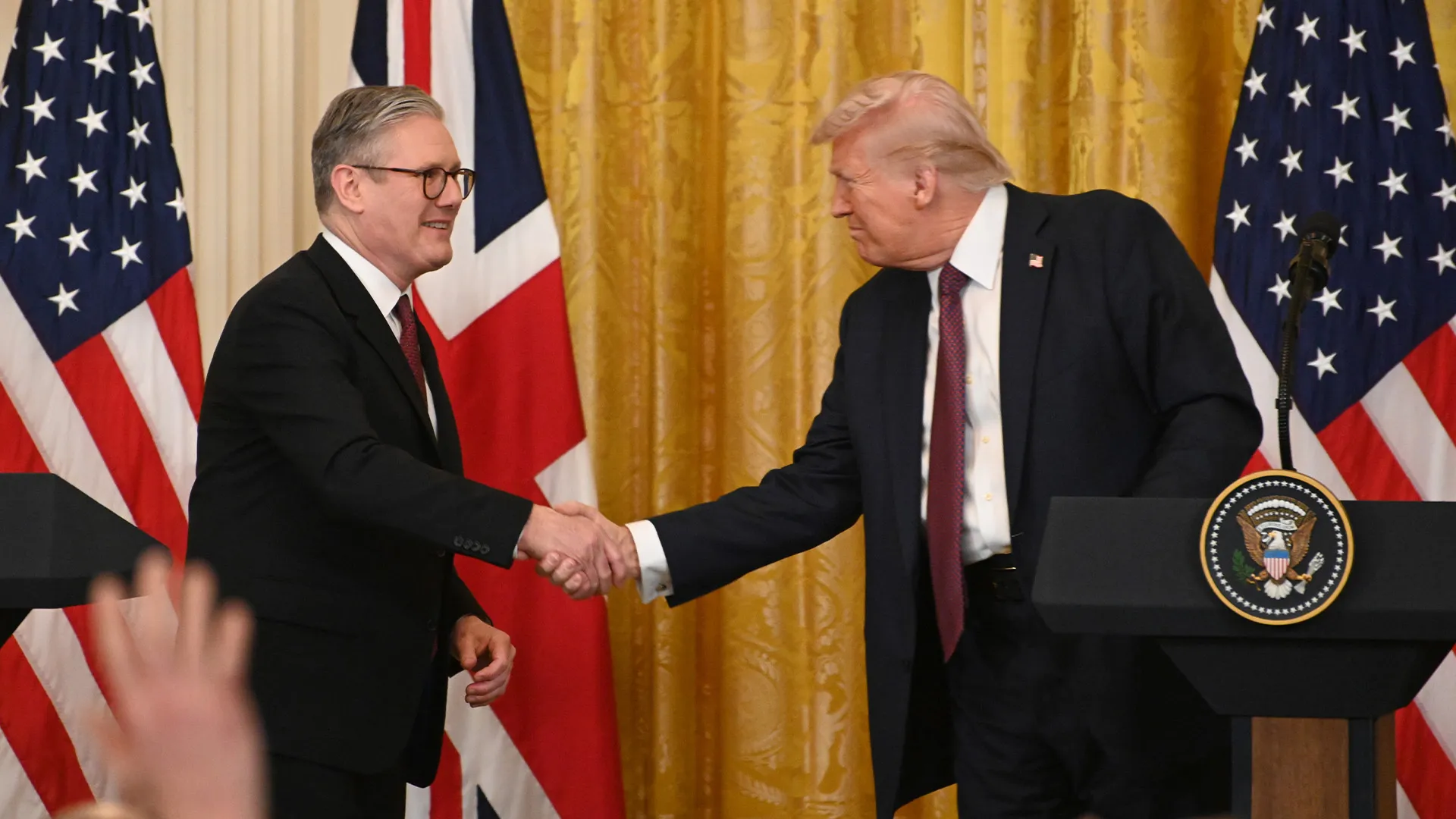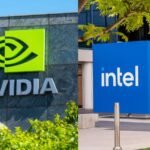In a bold and transformative move, Elon Musk has orchestrated the merger of two of his flagship enterprises: artificial intelligence powerhouse xAI and the social media platform X (formerly known as Twitter). Announced on March 28, 2025, the $45 billion all-stock deal marks a significant consolidation of power, tech infrastructure, and data under Musk’s control. While the valuation pegs X at $33 billion, the full transaction value includes $12 billion in debt, pushing the total figure to $45 billion. Meanwhile, xAI, the AI firm behind the conversational model Grok, is valued at $80 billion.
Strategic Vision: Fusing AI With Social Media
In a post on X, Musk stated, “xAI and X’s futures are intertwined… we officially take the step to combine the data, models, compute, distribution and talent.” The essence of the deal lies in this integration: Musk envisions leveraging X’s massive real-time data streams, user behaviors, and engagement mechanics to supercharge the development and deployment of xAI’s artificial intelligence models.
This is a significant strategic departure from siloed AI development. By embedding Grok, xAI’s flagship chatbot, deeper into X’s infrastructure, Musk aims to enable real-time AI interaction across a vast digital ecosystem—making every post, reply, or image a potential input into a constantly learning AI loop.
Why the $45 Billion Price Tag?
Musk’s $45 billion valuation of X has raised eyebrows, given the platform’s rocky trajectory since his 2022 acquisition at $44 billion. That deal, heavily financed through a $13 billion debt package, led to sweeping layoffs, a dramatic shift in moderation policies, and an exodus of major advertisers.
According to Reuters, D.A. Davidson analyst Gil Luria noted that the valuation is “$1 billion higher than the take-private transaction for Twitter in 2022,” indicating a calculated decision to ensure xAI’s stakeholders gain equity in a revitalized, if still controversial, platform. This move effectively spreads xAI’s valuation among X’s co-investors, including Saudi billionaire Prince Alwaleed bin Talal, whose Kingdom Holding is a major shareholder in both firms.
Enhancing AI Through Scale, Data, and Distribution
The merger is a coup for xAI, which has aggressively positioned itself as a major player in the global AI race. Less than two years old, xAI recently secured $10 billion in funding, pushing its valuation to $75 billion. By absorbing X, xAI gains access to:
- Live, unfiltered user data from millions of global users
- Compute infrastructure distributed across X’s backend systems
- A pre-built content distribution network, including Grok’s current presence within the X app
Musk stated that the merger would unlock a “smarter, more meaningful experience,” hinting at future upgrades to Grok and tighter integration of conversational AI across the X platform.
The OpenAI Rivalry and AI Arms Race
Musk’s latest maneuver cannot be understood in isolation from his ongoing feud with OpenAI—a company he co-founded in 2015 and is now suing. Earlier this year, Musk and a consortium of investors made an audacious $97.4 billion bid to acquire OpenAI, which was flatly rejected. He is currently pursuing legal action to block OpenAI’s transition from a non-profit to a for-profit entity, arguing that the original mission is being betrayed.
With Grok-3 launching in February and a world-leading AI supercomputer cluster in Memphis—code-named Colossus—xAI is aggressively scaling its capabilities to compete with Microsoft-backed OpenAI and Chinese contenders like DeepSeek. The X acquisition provides a seamless testbed and distribution channel for Grok and future models.
Regulatory and Structural Questions Remain
Despite Musk’s public proclamations of synergy and innovation, many key questions remain unanswered:
- Will X’s leadership be absorbed into xAI or replaced entirely?
- How will investor equity be managed post-merger?
- Will the U.S. government or antitrust authorities scrutinize the merger, especially given Musk’s growing influence in the Trump administration?
Musk currently heads the Department of Government Efficiency under President Donald Trump, raising ethical and governance concerns about the overlap between his federal role and private ventures. As noted by Barron’s, this dual role could provide Musk with an unusual degree of latitude in shaping policies that directly affect his companies.
Investor Dynamics and Financial Recovery
In a surprising turn, investor sentiment around X has rebounded sharply. In 2023, Fidelity estimated X’s value had plummeted nearly 80%. But by early 2025, thanks to the xAI integration and a return of major advertisers like Apple and Amazon, the platform’s worth began to recover. A group of bondholders was recently able to offload debt holdings at 97 cents on the dollar, recouping what were previously considered near-worthless assets.
According to Espen Robak of Pluris Valuation Advisors, “For sure the debt is worth more now, if not fully paid off,” following the merger.
Musk’s Political Capital and the Trump Factor
Elon Musk’s increasingly public alignment with the Trump administration is also playing a central role in this deal’s narrative. Beyond the optics of influence, Musk’s presence in Washington and alignment with Trump policies have arguably insulated his ventures from regulatory turbulence and emboldened his management style at X.
He has used the platform to aggressively promote conservative causes and push back against what he calls the “woke mind virus.” With Trump back in office and Musk embedded in the federal apparatus, X has become a vital digital organ for the administration—one that now directly feeds into the neural network of Musk’s AI empire.
Conclusion: A Tech Empire Consolidated
With this acquisition, Elon Musk is not just merging two companies—he is fusing real-time public discourse with artificial intelligence development, creating a feedback loop that could redefine both sectors. By aligning xAI and X, Musk gains a unique advantage: an integrated platform that feeds, trains, and deploys AI in real time across a massive user base.
However, the deal also raises substantial questions about data privacy, ethical AI deployment, and regulatory oversight in a world where one man now controls not just how people communicate, but how machines learn from that communication.
This is more than a merger—it’s the formation of a next-generation digital ecosystem.









